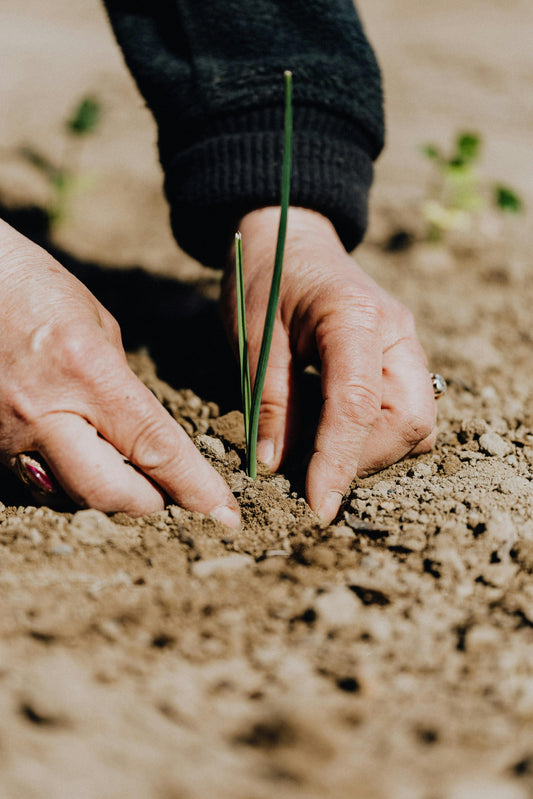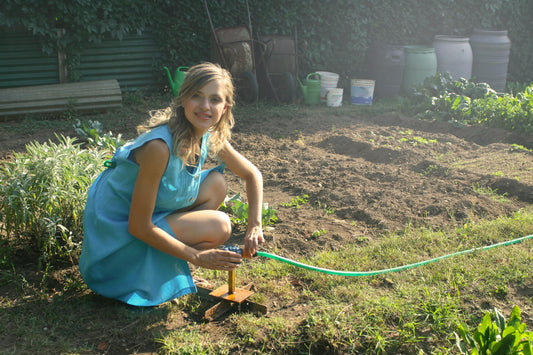Brooklyn, New York, renowned for its vibrant culture and diverse communities, also boasts a rich tapestry of soil types. While often overlooked in the urban landscape, understanding the different soil types in Brooklyn is crucial for various reasons, from urban gardening and landscaping to environmental conservation and urban planning. In this article, we delve into the fascinating world of soil in Brooklyn, exploring its composition, distribution, and significance.
- The Geology of Brooklyn: Brooklyn's geological history plays a significant role in shaping its soil composition. During the last Ice Age, glaciers covered the region, sculpting the landscape and leaving behind deposits of various materials. The bedrock underlying Brooklyn consists primarily of sedimentary rocks, including sandstone, shale, and limestone, formed over millions of years.
- Soil Formation Processes: Soil formation is a complex process influenced by several factors, including parent material, climate, organisms, topography, and time. In Brooklyn, the interplay of these factors has given rise to diverse soil types across the borough. Weathering of the underlying bedrock, coupled with human activities and environmental factors, further shapes the soil profile.
- Soil Types in Brooklyn: a. Glacial Till: In areas where glaciers once advanced and retreated, such as northern Brooklyn, glacial till dominates the soil composition. Glacial till consists of a heterogeneous mixture of sand, silt, clay, and gravel, deposited by the melting ice sheets. This type of soil tends to be fertile and well-drained, making it suitable for agriculture and gardening.
b. Coastal Deposits: Brooklyn's proximity to the coast has led to the deposition of marine sediments in some areas, particularly along the waterfront. These coastal deposits often consist of sandy soils, influenced by the action of waves, tides, and wind. While sandy soils offer good drainage, they may require additional amendments to improve fertility and water retention.
c. Alluvial Soils: Along the banks of rivers and streams running through Brooklyn, alluvial soils are prevalent. Formed by the deposition of sediment carried by flowing water, these soils tend to be rich in organic matter and nutrients. Alluvial soils are prized for their fertility and are often utilized in urban agriculture and community gardening initiatives.
d. Urban Fill: In developed areas of Brooklyn, particularly in downtown and industrial zones, urban fill soils predominate. These soils are the result of human activities such as construction, excavation, and landfill operations, which have altered the natural landscape. Urban fill soils vary widely in composition and quality, often containing a mixture of debris, rubble, and imported materials.
- Soil Challenges and Conservation Efforts: Despite the diversity of soil types in Brooklyn, urbanization and environmental degradation pose significant challenges to soil health and resilience. Soil compaction, contamination from pollutants, and loss of organic matter are common issues facing urban soils. However, various conservation initiatives aim to address these challenges and promote soil stewardship in Brooklyn.
a. Soil Testing and Remediation: To address soil contamination concerns, organizations and government agencies conduct soil testing and remediation efforts in contaminated sites across Brooklyn. These initiatives aim to identify pollutants such as heavy metals, petroleum hydrocarbons, and industrial chemicals, followed by remediation measures to mitigate risks to human health and the environment.
b. Urban Greening and Green Infrastructure: Urban greening initiatives, including tree planting, green roofs, and permeable pavements, play a crucial role in enhancing soil quality and promoting ecosystem services in Brooklyn. Green infrastructure projects help reduce soil erosion, mitigate stormwater runoff, and enhance biodiversity, contributing to the overall health and resilience of urban soils.
c. Community Engagement and Education: Engaging local communities in soil conservation and education efforts is essential for fostering stewardship and awareness of soil resources in Brooklyn. Community gardens, educational programs, and outreach activities provide opportunities for residents to learn about soil health, sustainable gardening practices, and the importance of preserving urban ecosystems.
Conclusion: In conclusion, the diversity of soil types in Brooklyn reflects the borough's geological history, environmental conditions, and human activities. From glacial till to coastal deposits and alluvial soils, each soil type has its unique characteristics and significance in shaping the urban landscape. While urbanization presents challenges to soil health and resilience, conservation efforts and community engagement play vital roles in promoting sustainable soil management practices and preserving the ecological integrity of Brooklyn's soils. By recognizing the value of soil as a precious resource, we can ensure a greener, healthier future for generations to come.












